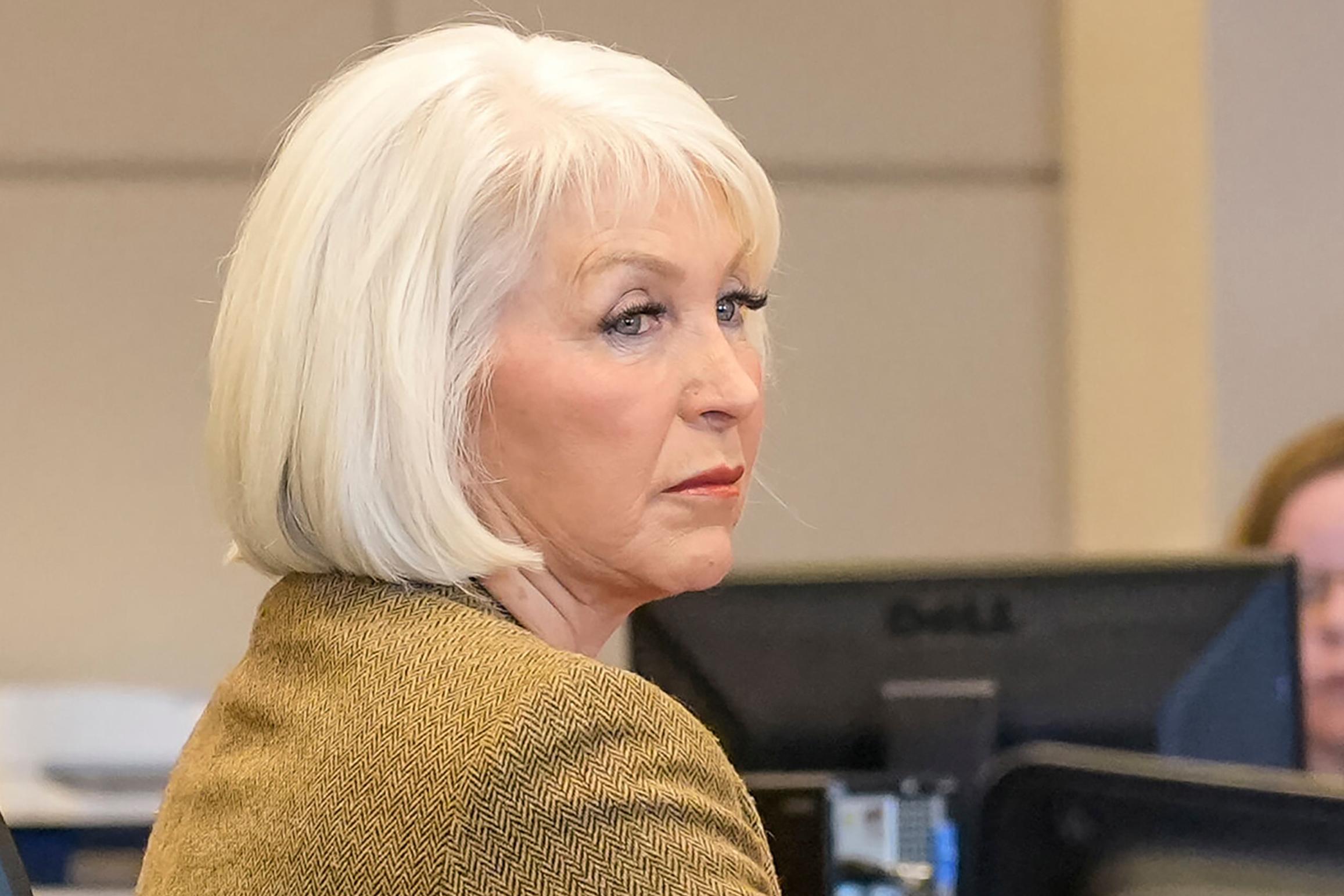
The City of Boulder hopes to generate $2 million a year by 2024 for its new Community Cultural Plan. That’s nearly four times the size of the current budget for the city's Office of Arts and Culture.
The campaign cleared a big hurdle Tuesday when Boulder City Council members unanimously approved the plan nearly 15 months after it was launched.
“This is an incredible opportunity for us to really add value to this community by embracing this,” councilwoman Jan Burton said following a public hearing. “It’s a wonderful plan and the process felt very arduous, but the collaborative nature I think is fantastic.”
In a 139-page document outlining the plan, organizers said they exceeded 2,000 interactions with community members who offered input on the plan. Responses from events, forums and surveys helped inform priorities and an approach.
The plan aims to expand that dialog and make the city’s cultural offerings a bigger part of everyday conversations, said Matt Chasansky, who manages Boulder’s Office of Arts and Culture.
“We have all these cultural organizations and artists and creative businesses that are doing great work for their own purposes,” Chasansky said. “But if we’re successful with all these plans, we will align all of that activity to drive Boulder in one direction.”
City officials hope the plan will breathe new life into the public art program and provide more grants for artists and organizations. It also calls for a staff of six full-time employees by 2022, starting with a public art manager next year.
Chasansky said his office will rely on one-time funding sources in 2016 before seeking more sustainable sources. For example, Boulder’s cultural and safety tax, that voters passed last year, will give $600,000 over two years to public art commissions and maintenance. Future funding could come from the city’s general fund, bond funding or taxes.
“One of the most important community priorities we heard from residents was that the cultural organizations are the ways they get their culture and we should support them,” Chasansky said.
“At any point in the plan, we want to make sure that at least 50 percent of the budget is going back out to the community through the grants program but also through sponsorships and partnerships.”
The plan also seeks to assess the impact, accessibility and availability of traditional venues, from museums to theaters.
At Tuesday’s meeting, council members highlighted two other facets of the plan: engaging more young people in the cultural community and addressing the need for affordable artist spaces in Boulder.
“You bring up good points about affordability and artists being able to continue to live, work and perform here,” councilwoman Lisa Morzel said. “We are seeing an exodus, and we somehow need to put the finger in the dam and stop that.”
But Chasanksy says the idea is to go beyond simply providing affordable spaces for artists to also involving them in the process of finding solutions.
“There are firefighters and school teachers who can’t afford to live in Boulder,” he said. “So it’s more about bringing the voice of the creative class to that conversation and to find out some novel ways to do this.”









